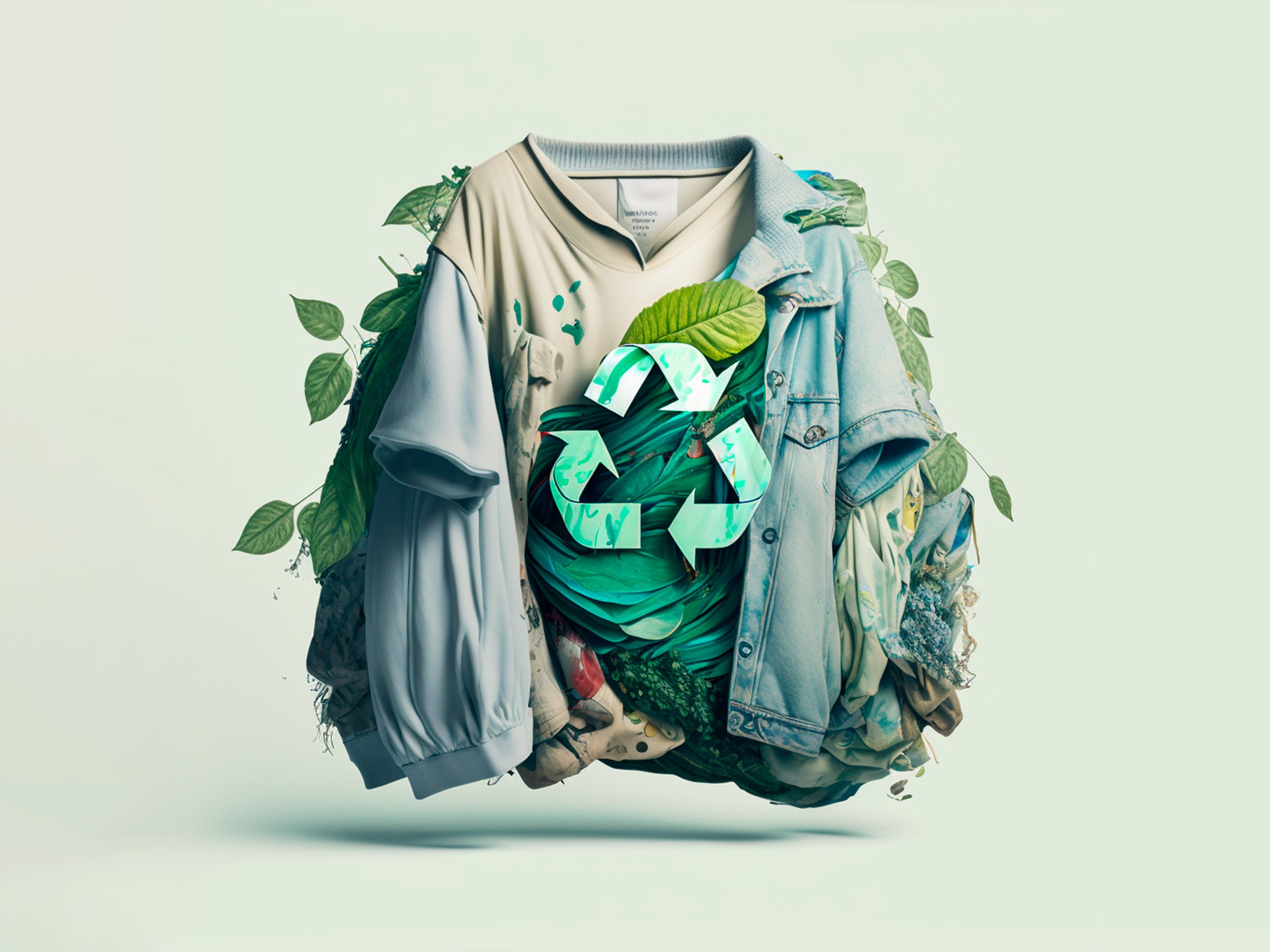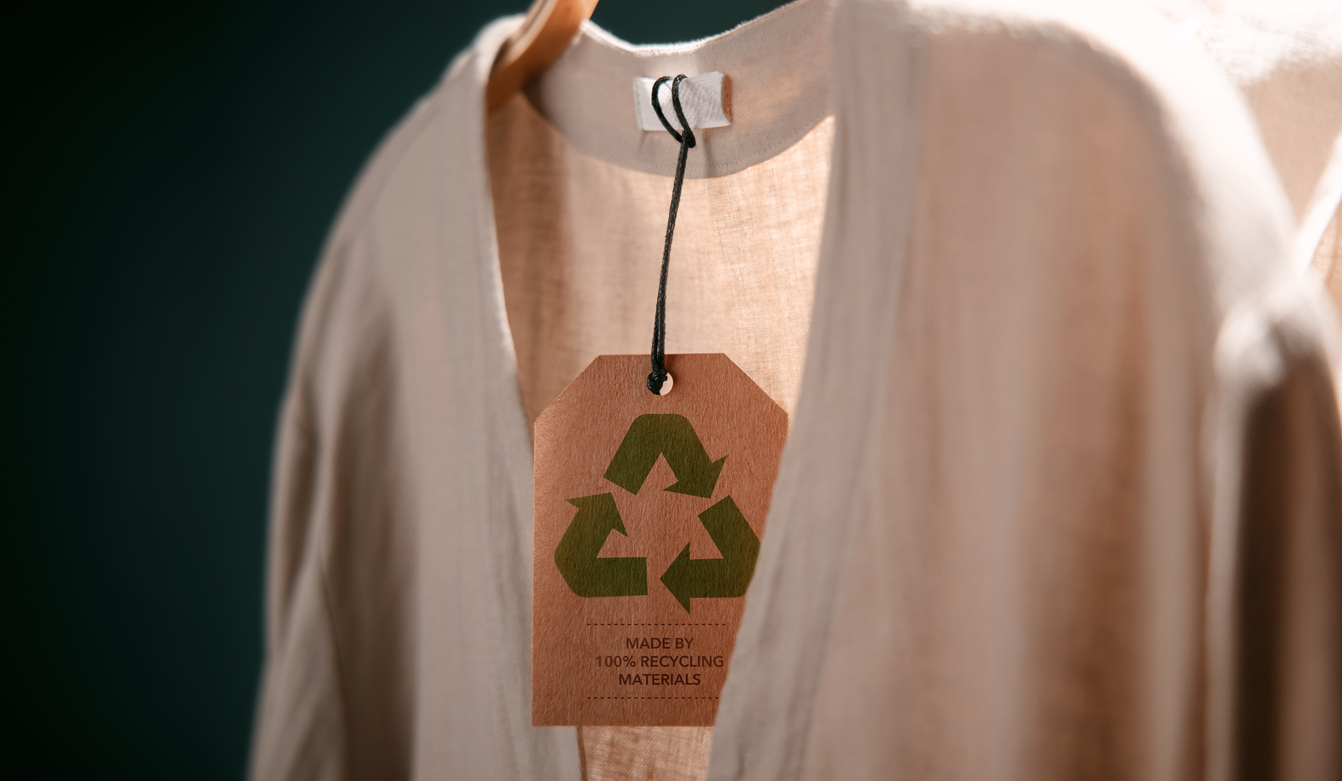Cape Town Sustainable Fashion: Environmentally Friendly Trends to View
Cape Town Sustainable Fashion: Environmentally Friendly Trends to View
Blog Article
Remain Ahead of the Contour by Exploring Ingenious Style Trends
In a market as vibrant as fashion, remaining in advance entails more than simply complying with present patterns-- it requires an exploration of development. The convergence of technology and style heralds a new period of consumer engagement.

Accepting Smart Textiles
Over the last few years, the apparel industry has actually seen a transformative shift with the integration of wise textiles, an innovative development that blends modern technology with material. This development represents not only a combination of aesthetic appeals and performance however likewise a significant leap in the direction of sustainability and personalization in fashion. Smart textiles, also referred to as e-textiles, embed advanced electronics such as sensors and conductive threads within the material, making it possible for garments to engage with the user or the environment.
These textiles are made to keep track of physiological parameters, such as heart rate or body temperature, providing real-time wellness analytics. Past health and wellness applications, clever fabrics are likewise being made use of for flexible clothes, which can change color or pattern in feedback to environmental stimulations, therefore providing a vibrant style experience.
In addition, the advancement of energy-harvesting fabrics that generate power from activity or sunshine is leading the way for self-sufficient wearable innovation. This innovation is attracting ecologically conscious consumers and designers aiming to reduce the eco-friendly impact of style. As study and advancement in this field breakthrough, smart textiles are anticipated to become increasingly common, reshaping the landscape of modern-day fashion with their multifunctional capacities.
The Surge of 3D Printing
Reinventing the manufacturing landscape, 3D printing has actually become a game-changer in the fashion sector. This advanced modern technology has made it possible for developers to push the boundaries of creative thinking, creating elaborate and tailored garments that were previously unthinkable. By leveraging digital design and additive manufacturing, 3D printing assists in the production of complicated geometries and patterns, permitting developers to experiment with brand-new structures and frameworks.
A notable benefit of 3D printing in vogue is its capacity to produce on-demand, decreasing waste and reducing supply demands. This efficiency not only maximizes manufacturing procedures yet also enables rapid prototyping, making it possible for designers to bring their visions to life in a shorter duration. In addition, 3D printing sustains customization somewhat unrivaled by standard approaches, supplying tailored fits and one-of-a-kind designs tailored to private customer preferences.
The rise of 3D printing has likewise equalized fashion, making it accessible to emerging developers who can currently make top quality pieces without substantial monetary investment in standard production facilities. As technology remains to breakthrough, the garment industry is poised to harness the complete possibility of 3D printing, checking out brand-new products and strategies that will undoubtedly redefine how style is conceived and created.
Sustainable Style Developments
As the fashion business faces journalism requirement for environmental obligation, lasting fashion technologies have actually arised at the leading edge of transformative change. The expanding awareness of environmental effect has actually sustained a change towards even more eco-conscious methods and materials. Developers and brands are currently focusing on sustainability, incorporating approaches that lessen waste and decrease carbon footprints.
One considerable development is the rise of round fashion, which stresses recycling and upcycling to prolong the lifecycle of garments. This strategy not just lowers waste however also urges customers to take on a much more conscious technique to clothing consumption. In addition, using lasting products, such as natural cotton, hemp, and recycled polyester, has obtained traction. These products call for this less water and power throughout manufacturing, considerably lessening environmental influence.
One more innovation exists in the fostering of innovative dyeing methods that make use of natural dyes or waterless processes, therefore lowering the vast amounts of water and chemicals generally made use of in textile dyeing. Furthermore, developments in biotechnology have actually caused the production of lab-grown leather and materials, supplying ecologically pleasant and cruelty-free choices to traditional materials. Through these pioneering efforts, the apparel industry is making purposeful strides in the direction of a more sustainable future.

Tech-Integrated Clothing
Tech-integrated clothing stands for a revolutionary combination of fashion and innovation, improving how people connect with their clothes. This ingenious domain is noted by the addition of wise fabrics and embedded digital parts, improving both capability and visual appeal. From health and fitness trackers installed in sports apparel to warmed jackets controlled by means of smart device applications, tech-integrated clothing offers customers unmatched comfort and adaptability.
Pioneering brand names are driving this fad, concentrating on developing garments that reply to environmental stimulations or individual commands. For instance, some garments can change shade or pattern in response here to temperature changes, while others include biometric sensors to check wellness metrics like heart price or anxiety levels. The smooth assimilation of modern technology into textiles also expands to environmental sustainability, with efforts to develop self-cleaning fabrics or garments that adjust to weather conditions, therefore lessening the demand for numerous layers.
In addition, the advent of wearable modern technology is not just limited to apparel however encompasses accessories like watches and eyeglasses, further broadening the scope of tech-integrated style. As the market remains to introduce, the possibility for personalization and personalization in garments expands, offering customers distinct, tech-enhanced fashion experiences that accommodate their individual needs and choices.
Future of Virtual Fashion
Over the last few years, the future of virtual fashion has actually become a transformative pressure within the industry, leveraging improvements in digital modern technology to redefine how style is produced, experienced, and taken in. By incorporating enhanced fact (AR), digital truth (VIRTUAL REALITY), and 3D style devices, developers can currently craft immersive and interactive experiences that go beyond traditional fashion limits. Online style enables the development of garments that exist solely in digital you can try these out atmospheres, offering unlimited opportunities for technology without the constraints of physical production.
This digital change not just provides possibilities for creative expression however additionally addresses sustainability concerns integral in traditional fashion techniques. Cape Town Sustainable Fashion. By eliminating the need for physical resources, online style minimizes waste and reduces carbon impacts. In addition, the rise of virtual fashion straightens with the increasing consumer demand for individualized and one-of-a-kind experiences, as virtual garments can be customized and customized to private preferences easily

Conclusion
The fashion sector's future lies in the assimilation of sustainable practices and ingenious innovations. Digital style is poised to redefine consumer interactions.
In recent years, the fashion market has actually seen a transformative change with the assimilation of clever fabrics, an innovative advancement that mixes modern technology with textile.As the style market grapples with the pushing need for environmental responsibility, sustainable style technologies have actually arised at the center of transformative adjustment.In recent years, the future of online fashion has actually arised as a transformative force within the sector, leveraging innovations in electronic modern technology to redefine just how style is developed, experienced, and taken in. The increase of online style aligns with the enhancing consumer demand for individualized and special experiences, as online garments can be personalized and tailored to private preferences with ease.
The fashion sector's future lies in the combination of lasting techniques and innovative technologies.
Report this page